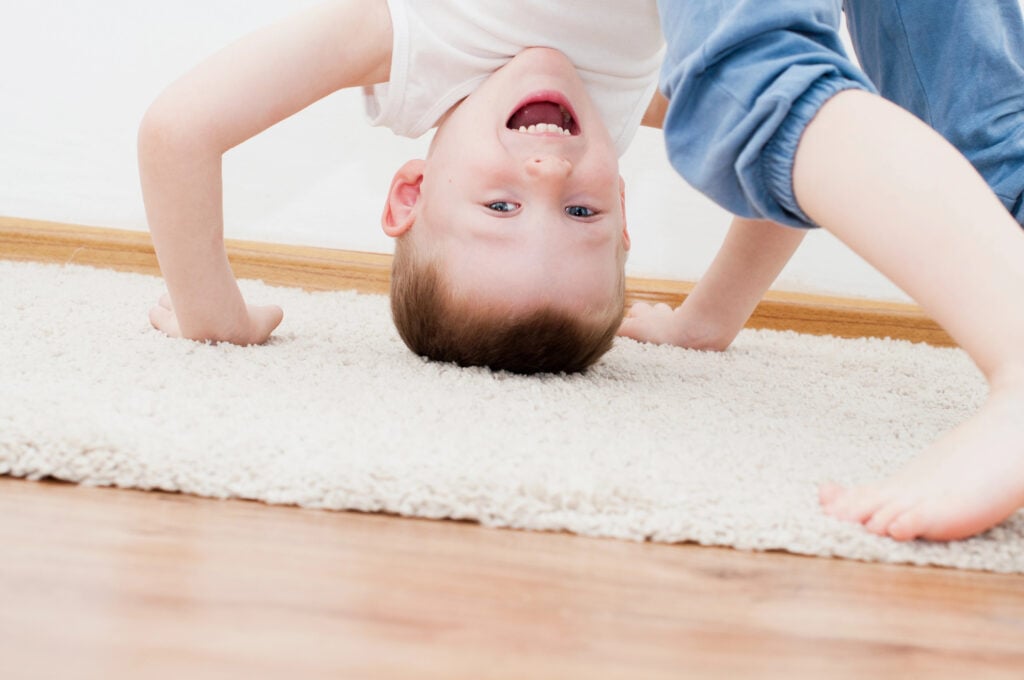
Sitting in a classroom with ADHD can feel like a nightmare. Fast-forward to adulthood, and it isn’t much easier—you’re hunting for your glasses, the sink is still full, and somehow “wash the dishes” turned into “rearrange half the living room and disassemble a lamp.” The chaos is absolute, and anyone with ADHD knows how easily the day can unravel.
At the same time, many of us recognize the flip side: you sit down to do homework and accidentally produce a sprawling fanfic, or you “take a quick break” and end up painting a mural. When the creative switch flips, it doesn’t just turn on—it floods. That surge can be joyful, productive, and wildly generative.
While much research has mostly zeroed in on what’s disruptive and how to rein it in, the latest study digs into the creative side of ADHD —how it shows up, what fuels it —and potentially points to a smarter path forward. With more work in this direction, we can do more than manage or “deal with” the complex parts of ADHD; we can actually harness the upside and help people with ADHD maximize the creativity they exhibit.
The Good, The Bad, And The Distracted (Aspects Of ADHD)

Let’s be super up-front about this: this isn’t toxic positivity. I’m not about to tell you that your kid’s ADHD is a superpower and ask you to ignore or forget or write off all the hard parts. There are complex parts, and it’s essential to acknowledge them and make decisions that support your child, including medical treatments if needed.
The new research does not detract from understanding that ADHD causes your child to have struggles that his classmates may not have, and supporting him.
However, it does examine what happens when your child gets distracted. When your kid is supposed to be copying the 4 times table, but instead, he’s drawn a butterfly, fallen out of his desk, and lost his eraser. His teacher may be frustrated, but behavior scientists want to know what’s actually going on in his brain.
They divided the experience of a wandering mind into two types, which they label ‘spontaneous mind-wandering’ and ‘deliberate mind-wandering.’ Then, they examined the results of each.
Deliberate Mind-Wandering Can Reap Creative Rewards
According to Science Daily, this study was carried out in two separate groups, totalling 750 participants. Participants were examined for a variety of traits associated with ADHD, including impulsivity, inattention, and loss of focus on a task.
Then, researchers tried giving participants a task that used their brains’ creative abilities. Lead researcher Dr. Han Fang shared:
“We found that people with more ADHD traits such as lack of attention, hyperactivity, or impulsivity, score higher on creative achievements in both studies….Additionally, we found that mind wandering, particularly deliberate mind wandering, where people allow their ‘thoughts to wander on purpose,’ was associated with greater creativity in people with ADHD. This suggests that mind wandering may be an underlying factor connecting ADHD and creativity.”
Dividing the study into two groups was an intentional design to ensure more reliable outcomes, and the same results surfaced in both groups. Higher levels of ADHD traits correlated with higher creativity — but, in particular, the researchers found, when subjects allowed their minds to wander, they had their best creative outcomes.
Are We Really Surprised? What Do We Do With This?

Okay, I feel like everyone who has ever known a teenager or young adult with ADHD is already familiar with this. They permit themselves to think freely, and suddenly there’s a new webcomic or song, or they’re designing a desk with special features that fix all the design flaws you never realized regular desks had, or they’re creating a new app or an incredible dessert.
That said, there’s a significant difference between this being observable in all our own ADHD loved ones (or selves) and being confirmed by research, primarily if that research aims to go forward and help enhance this little silver lining.
How does that work?
The next steps could include using mental health techniques like mindfulness to combat unwanted mind-wandering, and combining this with set times when the individual deliberately engages in mind-wandering to achieve their creative goals.
Is This Why ADHD Exists?
It’s hard to produce solid evidence for a reason —or reasons —why neurotypes have diverged. Unlike changes in skeletal shapes or cultural changes like creating tools and building houses, we can’t dig up fossils or shards of ADHD or autism to find their origins.
However, evolutionary theory says that when heritable traits persist and flourish, it’s (broadly) because they’ve worked for the species. Neuroscientists have considered what this means for traits like autism, ADHD, and dyslexia, among others.
Maybe they’re just odd side trips some brains have taken, and perhaps we’ll never know why. On the other hand, in a 2022 Cambridge University Press textbook titled Evolutionary Psychiatry, the authors posited other possibilities.
“In hunter-gatherer societies, ADHD may have favoured risk-taking, which may explain why it has survived. The contemporary model of schooling, in which children are expected to sit still for many hours a day, does not favour this. Understanding ADHD in terms of an evolutionary mismatch therefore raises ethical issues regarding both medication and the school environment.”
In other words, evolutionary psychologists consider it entirely possible that neurotypes diverged to confer a human advantage, creating a population with a broader array of ability sets. Unfortunately, the modern world makes some demands that aren’t entirely compatible with the ability sets associated with ADHD. Still, it’s heartening to know that researchers are delving into the positive aspects of the neurotype and seeking answers that may, in the long run, make us all better at supporting our kids with ADHD.
Then, they can develop the creative and innovative skills they thrive on, and maybe we can shift our expectations about sitting still and staying on-task.

